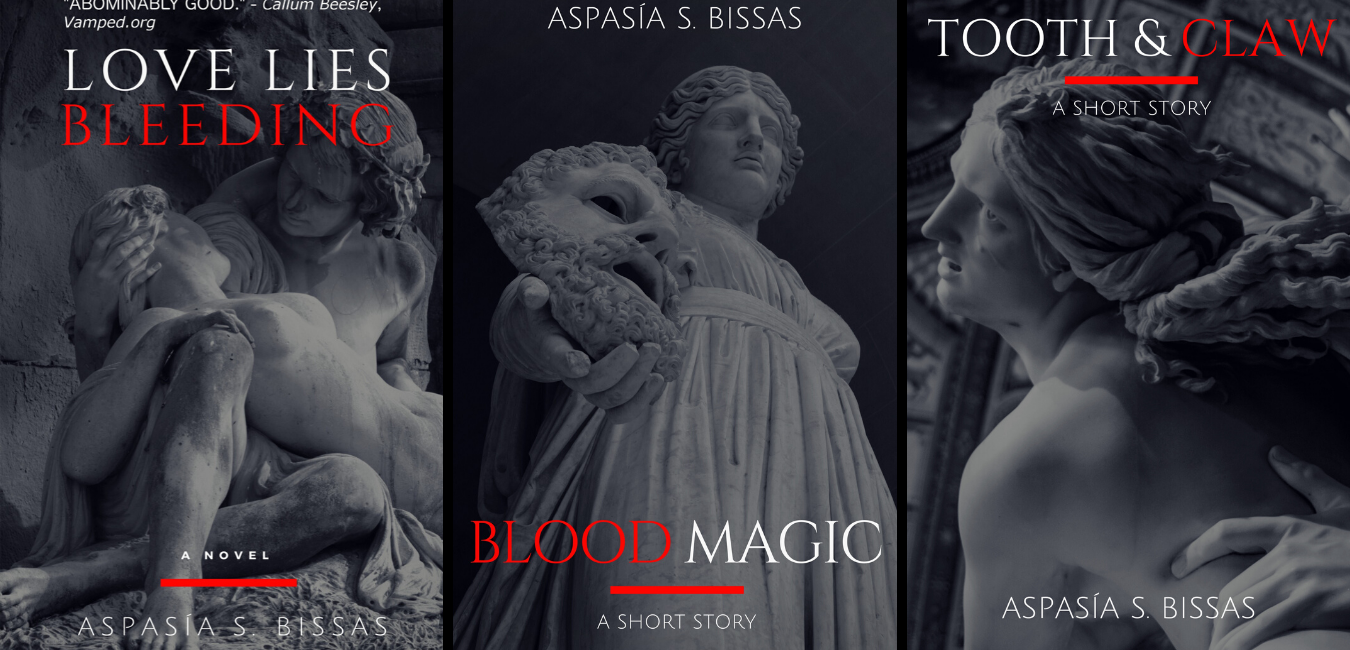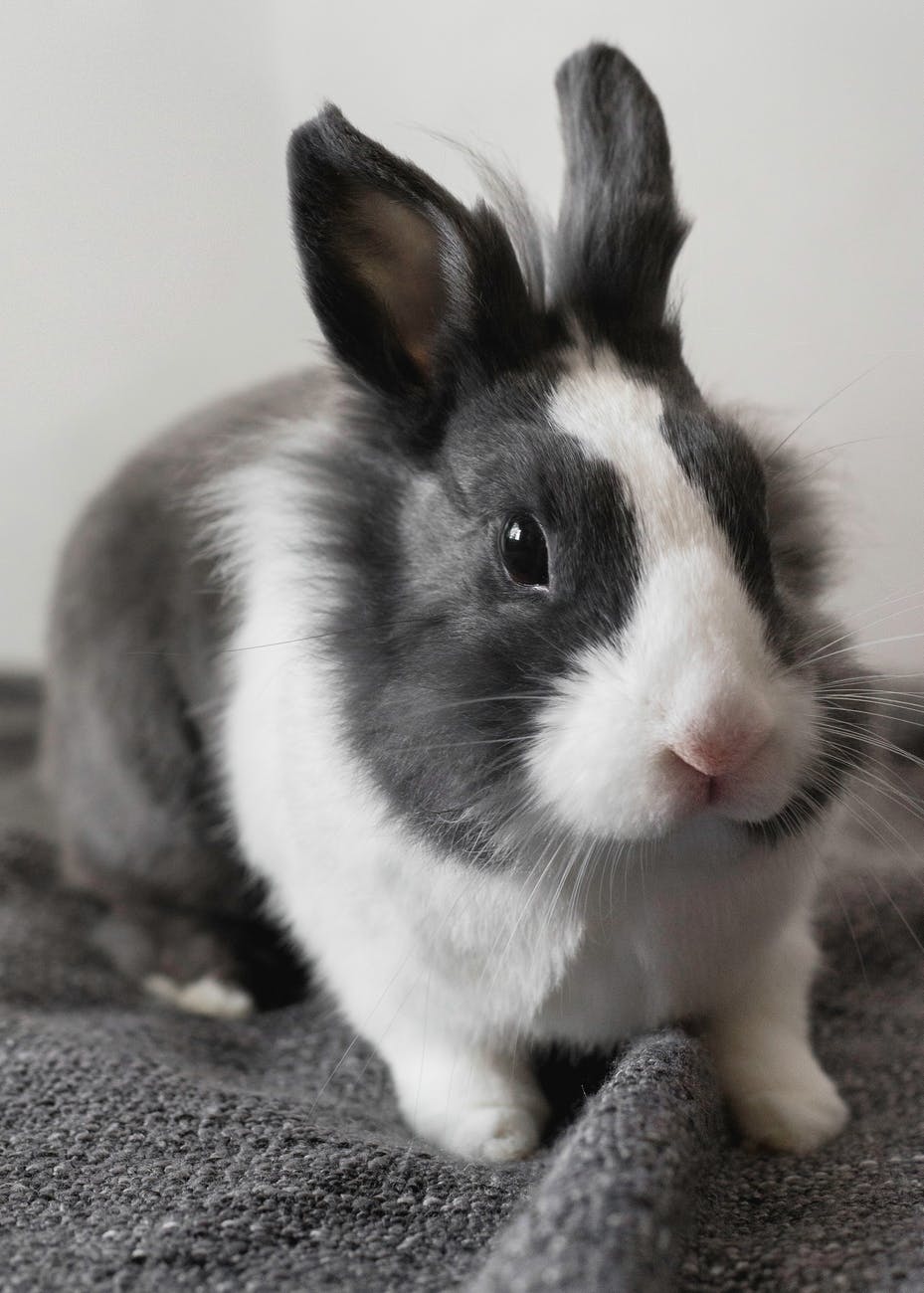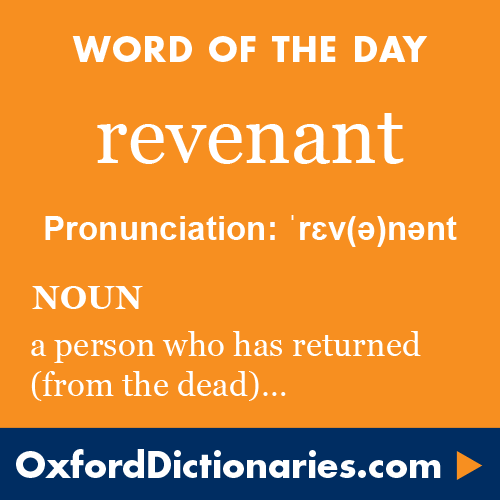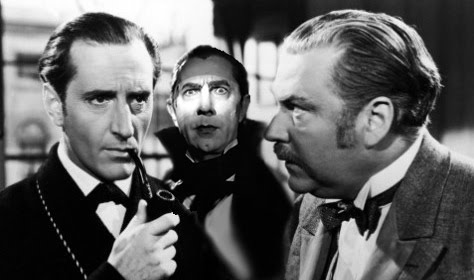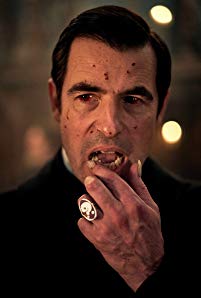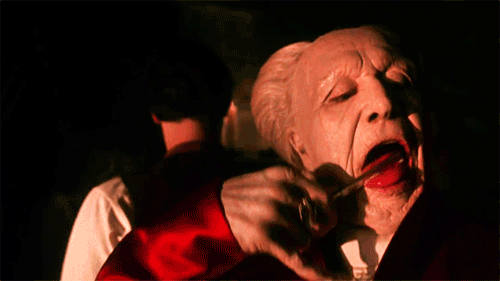
Love Lies Bleeding‘s readers know that main character Mara is both a vampire and a botanist. Trained in botany and herbalism when she was still human, she continues to study plants and have a garden. This post is third in a series exploring Mara’s plants. Are you interested in botany, gardening, or plant lore? So are some vampires…
Please note: Medicinal uses are given for informational purposes only. Always consult a medical professional before diagnosing or treating yourself or others.
Latin Name: Lavandula (Species include angustifolia, stoechas, latifolia, and dentata)
Common Names: Lavender, English Lavender, French Lavender, Spanish Lavender, nard
History: Part of the mint family, Lavender is native to Europe, northern and eastern Africa, and large parts of Asia. Its use goes back at least to Ancient Egypt, where the oil was used in mummification. The Greeks and Romans used the plant in their public baths. In the Middle Ages lavender was used as a strewing herb, where it was sprinkled on floors to repel insects and sweeten the air with its scent. The word lavender comes from the French, “lavendre” meaning “to wash,” which itself comes from the Latin name Lavandula, from the verb lavare, “to wash.”
Victorian Language of Flowers Meaning: Loyalty, love, devotion
Cultivation: Perennial (although in less ideal conditions, it should be considered an annual). Cold hardiness depends on variety–English lavender (L. angustifolia) tolerates zones 5 to 8; French lavender (L. dentata and L. stoechas) is suited to zones 8 to 11. Lavender likes full sun and dry sandy or rocky soil. If you live in an area with heavy clay soils, try growing lavender in containers or raised beds. The plants need good air circulation, so don’t crowd them. Lavender generally doesn’t need to be fertilized. Avoid organic mulches in areas with high humidity (gravel or rock mulches should be okay). Plants generally bloom from June until August, and you can extend blooming time by planting a variety of types. Flowers range in colour from white to pink, light purple to deep blue-purple, and yellow, depending on variety. Lavender is difficult to start from seed–it’s best to purchase plants. Water seedlings consistently until they’re established. Prune plants in spring. Deadhead spent flowers throughout the season to encourage more blooms. Harvest just before the flowers are fully open.
Lavender has become invasive and/or weedy in parts of Australia and Spain. Check with your local authorities before growing it in those areas.
Bonus: Bees and butterflies love lavender.
Uses:
Medicinal: Lavender may help calm anxiety and ease insomnia. It’s also been traditionally used to treat intestinal disorders and cardiovascular diseases, and has been found effective in fighting fungal infections.
Essential Oil: Lavender essential oil is distilled from the flowers and is used in perfumes, soaps, bath products, and in aromatherapy. The oil is antiseptic and anti-inflammatory, making it useful for treating minor burns (including sunburn), wounds, and stings. It also repels mosquitoes. Generally a drop or two of the oil can go directly onto skin, but if you have sensitive or allergy-prone skin you might want to dilute the lavender oil in a carrier oil (like sweet almond or olive) before applying to skin. Lavender oil, when combined with essential oils of rosemary, thyme, and cedarwood, has been found to be effective in combatting hair loss.
Cautions: While lavender is generally safe, the NIH recommends that boys avoid lavender essential oil as it may cause hormonal effects leading to gynecomastia. Lavender oil can irritate the skin in some people (use with a carrier oil–see above) and can cause photo-sensitivity, so avoid sun exposure if you’ve used lavender essential oil on your skin. The NIH also says people who take sleep medication or blood pressure-lowering medication should use caution when combining lavender with these drugs. Lavender oil can be poisonous if taken internally.
In addition, Essential oils are toxic to pets: never use to treat pets. Do not diffuse essential oils in an enclosed space when pets are present. Do not apply oils externally to pets. Never let pets or children ingest essential oils.
Crafts: Add dried flowers to pot pourri mixtures, or sew them into sachets and dream pillows. The stems with flowers attached can be made into lavender wands or bottles. Dried flowers can be added to homemade soap. Make a lavender wreath or linen spray. Use fresh or dried in flower arrangements and centrepieces.
Culinary: English lavender is the most commonly used kind in cooking. Lavender is usually included in “Herbes de Provence” mixes. Lavender flowers can be incorporated into baking, drinks, stews, and salads. Lavender pairs well with berries, sheep’s milk- and goat’s milk-cheeses, “spring mix” type salad greens, beef, honey, lemons, and custard. Lavender leaves can replace (or be used with) rosemary in savoury foods and breads. The dried mature stems can be used as skewers. Remember to use the dried flowers sparingly to avoid a soapy or perfumey taste
Place about a teaspoon of dried flowers into a cup of superfine sugar and let the mixture sit for 2 weeks. Use the lavender-flavoured sugar in place of regular sugar in desserts and drinks. It’s particularly good sprinkled on berries or in lemonade.
Flower buds and lavender leaves are infused to make tea.
Lavender syrup (homemade or commercial) can be used in drinks, desserts, ice creams, or candy making.
Lavender honey can be used like regular honey and has a subtle lavender scent and flavour.
Other: Tie a bundle of lavender and eucalyptus to your shower for a relaxing, spa-like bathing experience.
Mara’s Uses: Mara uses lavender to soothe herself by brushing her hand over the plant and inhaling the scent. Lavender is also part of her apothecary business, in teas, tinctures, and salves.
Originally posted on AspasiaSBissas.com
Love Lies Bleeding: Smashwords, Barnes & Noble, Kobo, Apple Books, Amazon
Blood Magic: Smashwords, Barnes & Noble, Kobo, Apple Books
Tooth & Claw: Smashwords, Barnes & Noble, Kobo, Apple Books
If you prefer a good paperback to an ebook, use this link to order Love Lies Bleeding from Bookshop – a portion of each sale goes directly to independent bookstores, as well as to myself. Thank you for supporting indie! ♥
Further Reading:
Health Benefits and Risks of Lavender
The Fundamentals of Growing Lavender
Cheers,
Aspasía S. Bissas

